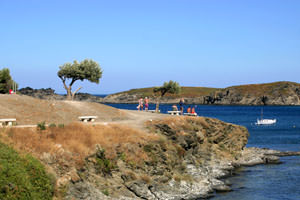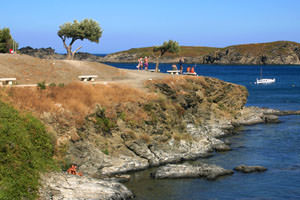Rule Of Thirds - Tutorial
Contributed by: masodo on Wednesday, July 07 2010 @ 05:16 am UTC
Last modified on Friday, June 20 2025 @ 01:04 pm UTC
Creating the view. Waiting for the 'click'. The click belonging not so much to the hardware shutter but rather
to the mind's eye-opener. That splended moment when all the elements within the box come together
in perfect balance (or awesome chaos.) It's a butterfly chase. It's a lightning witness. It's a eureka moment of grand discovery.
It's a warm kiss on the cheek. The photographers spirit. - Michael S. DeBurger
The art of photography attracts many practitioners and owes a great deal of its success to it's critics. There can be much debate about what makes a good photograph whereas the ability to recognize a bad photograph seems to be a little more universal. As a matter of fact there are tried and true artistic principles that when accepted, adopted and applied to your craft, will impart a certain "something" that will capture the viewer in a way that they too may experience that "click."
There exist on the internet a peerless source for photographic related tutorials on many useful topics. For a wealth of information on improving your images whether digital or traditional you owe yourself a visit to GeoffLawrence.com. It is with his very generous permission that I reproduce here a tutorial on what I personally believe to be one of the most important principles of composition: The Rule Of Thirds.
The Tutorial Follows: Please, read more...



